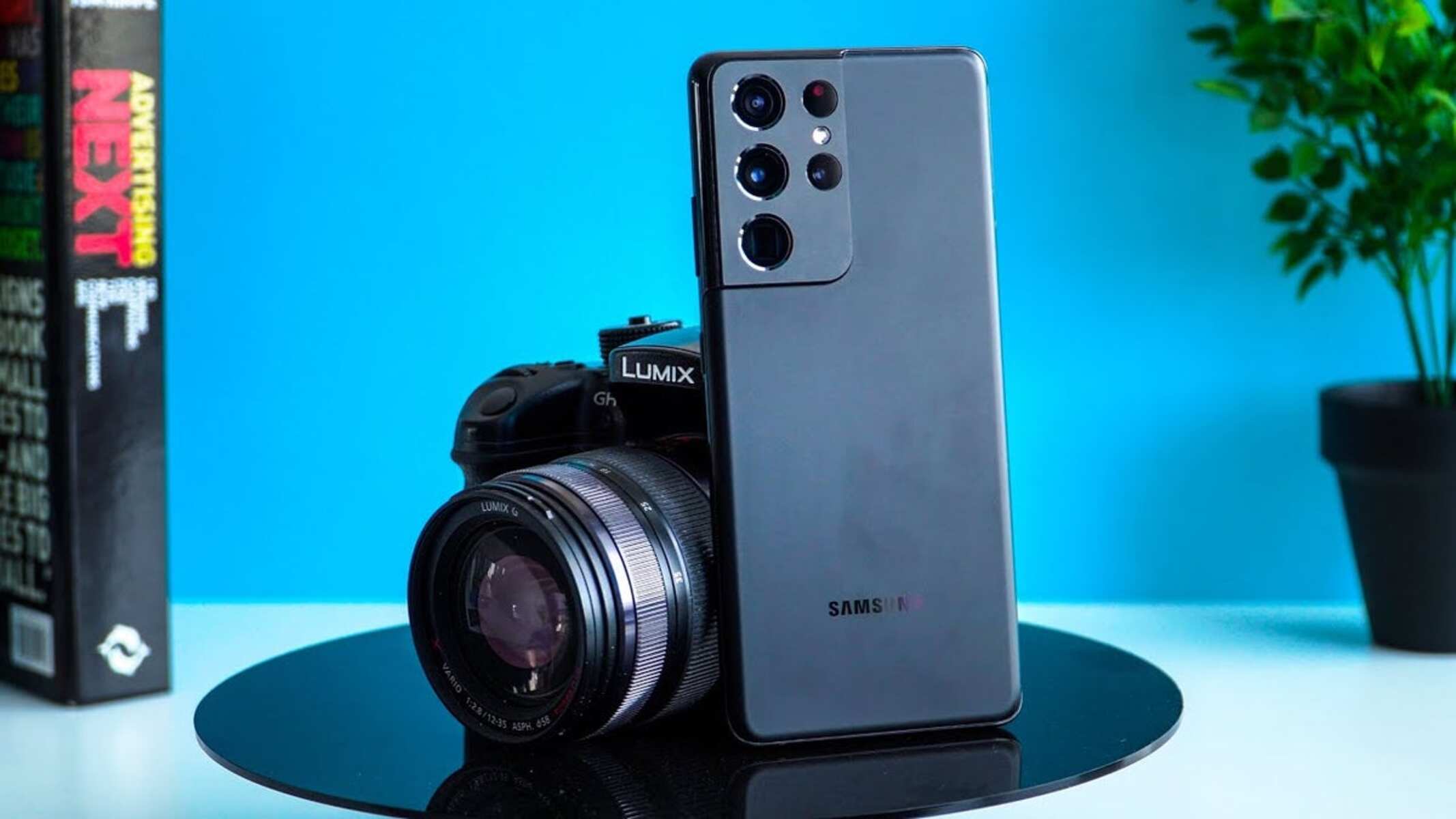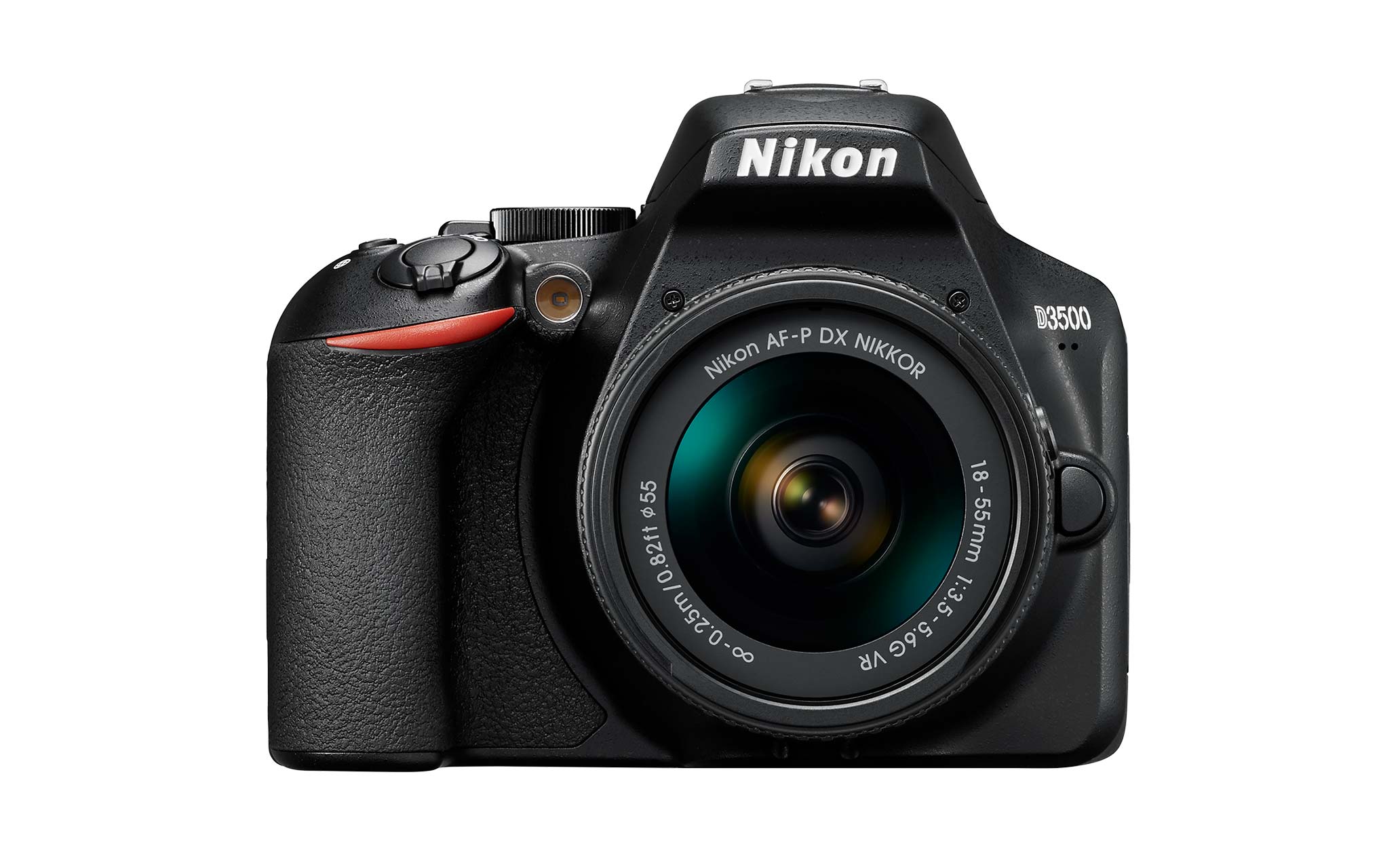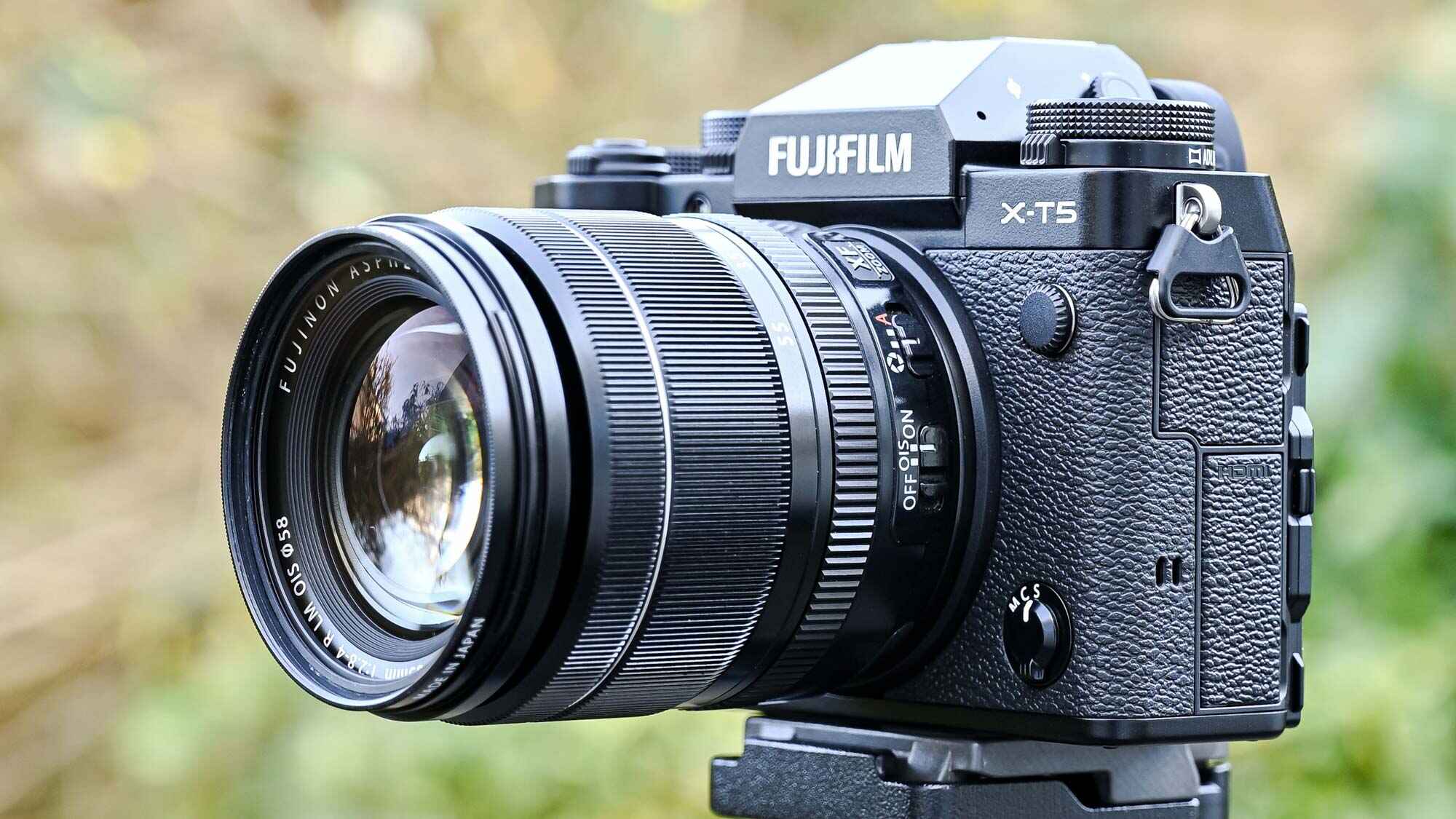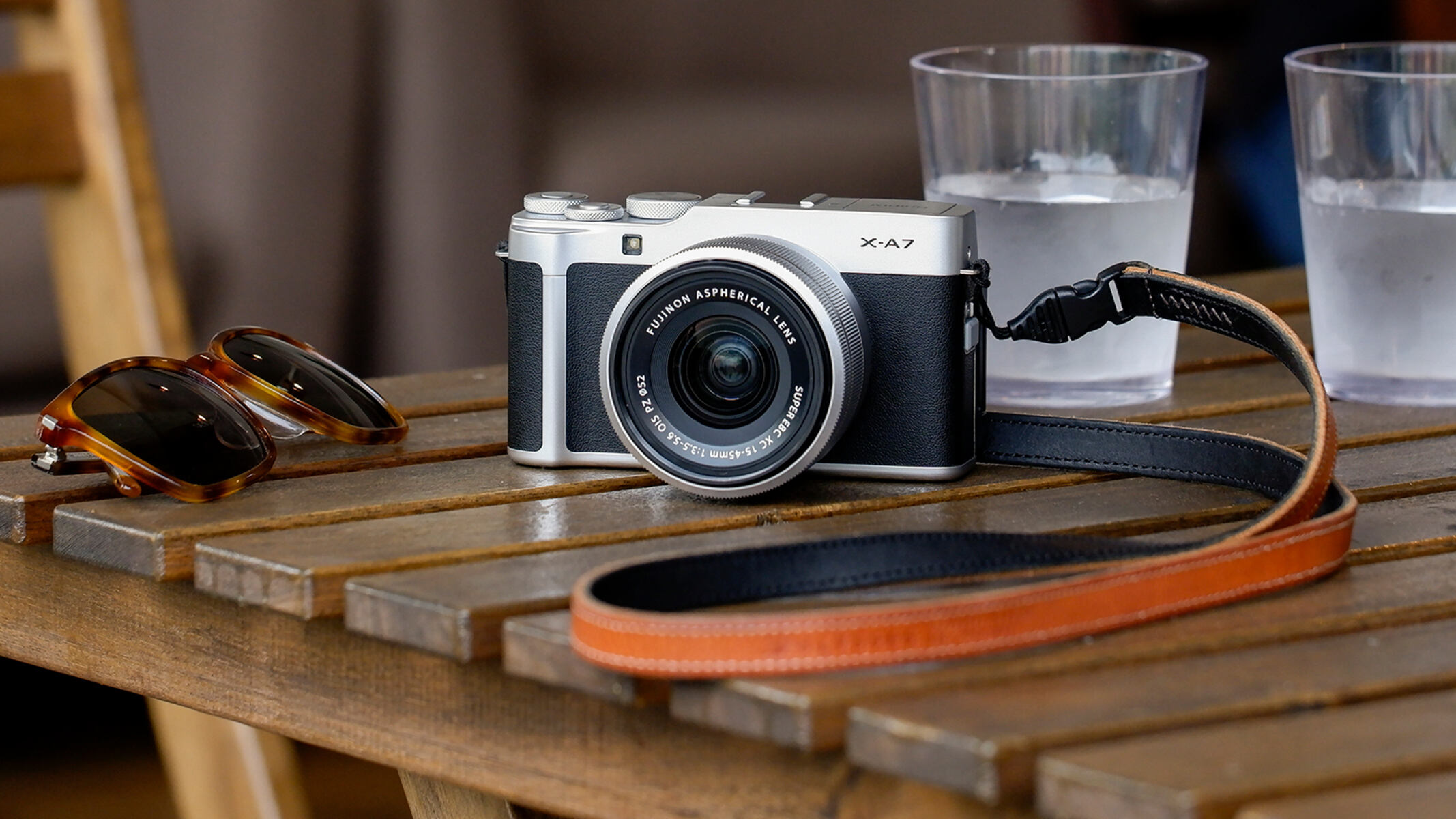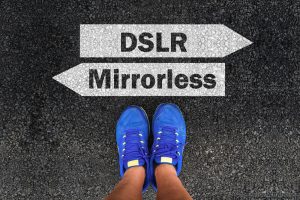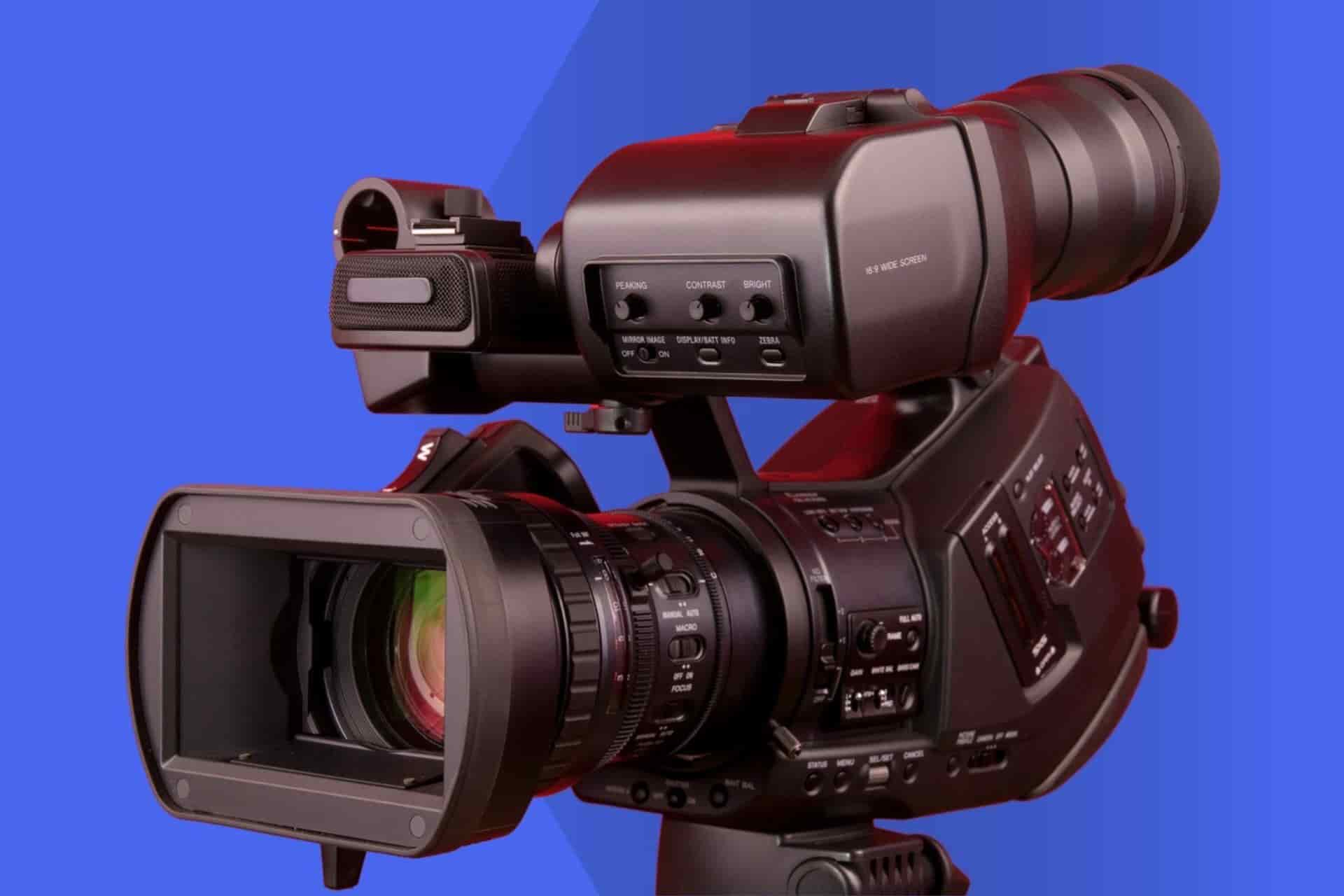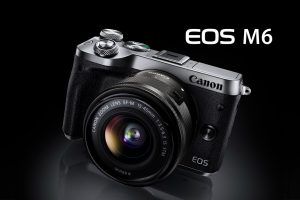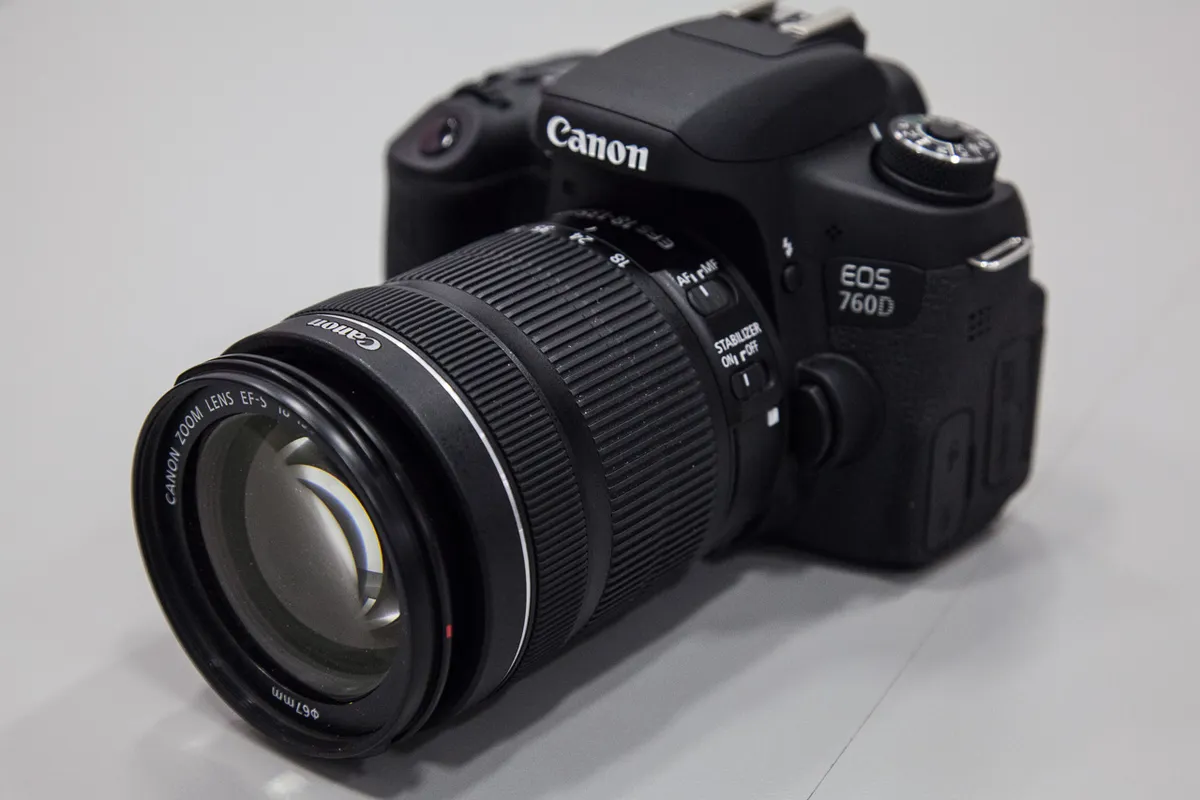Introduction
Introduction
Sending pictures from a mirrorless camera to a phone is a convenient way to share and edit high-quality images on the go. However, you may have noticed that the pictures appear less clear when viewed on your phone compared to the original shots. This phenomenon can be frustrating, especially when you expect the same level of clarity and detail as seen on the camera's display. Understanding the reasons behind this discrepancy and discovering solutions to improve picture clarity can enhance the overall experience of sharing and editing images from a mirrorless camera to a phone. In this article, we will explore the factors contributing to the reduced clarity of pictures when transferred from a mirrorless camera to a phone and provide practical solutions to address this issue. By implementing these solutions, you can elevate the quality of your shared images and enjoy a seamless transition from the camera to your phone, ensuring that the stunning details captured by your mirrorless camera are preserved and appreciated on your mobile device. Let's delve into the reasons behind this clarity disparity and uncover effective strategies to enhance the visual impact of your transferred images.
Reasons for Pictures Looking Less Clear
Reasons for Pictures Looking Less Clear
Several factors contribute to the reduced clarity of pictures when sent from a mirrorless camera to a phone. Understanding these reasons is crucial in addressing the issue and optimizing the visual quality of transferred images. Here are the primary reasons for pictures looking less clear:
- Compression: When pictures are transferred from a mirrorless camera to a phone, they undergo compression to reduce file size. This compression can result in a loss of image detail and clarity, especially in high-resolution photos. The phone’s software may apply aggressive compression to optimize storage, leading to a noticeable reduction in picture quality.
- Screen Resolution Disparity: The display resolution of a mirrorless camera often exceeds that of a typical phone screen. When images are viewed on the phone, the disparity in resolution can impact the perceived clarity. The intricate details captured by the camera may appear less defined when displayed on the phone’s screen, contributing to the reduced clarity.
- Color Profile Variations: Mirrorless cameras and phone screens may utilize different color profiles and calibration settings. As a result, the color rendition and overall visual appearance of the images can vary when viewed on the phone. This discrepancy can affect the perceived clarity and vibrancy of the transferred pictures.
- Network Compression: Transmitting images from the camera to the phone via messaging apps or cloud services may involve network-based compression. This process can further degrade the image quality, particularly if the network optimization prioritizes speed and data conservation over preserving image details.
By recognizing these reasons for the reduced clarity of transferred pictures, individuals can take proactive steps to mitigate these factors and improve the visual impact of their shared images.
Solutions to Improve Picture Clarity
Solutions to Improve Picture Clarity
While the reduced clarity of pictures transferred from a mirrorless camera to a phone presents a common challenge, implementing the following solutions can significantly enhance the visual quality of the shared images:
- Utilize File Transfer Methods That Preserve Quality: Opt for file transfer methods that prioritize image quality preservation. Instead of relying solely on messaging apps or social media platforms to send pictures, consider using file transfer protocols that maintain the original image resolution and minimize compression. Direct file transfer via USB or utilizing cloud storage services that support high-resolution image sharing can help retain picture clarity during the transfer process.
- Adjust Image Compression Settings: When transferring pictures to a phone, explore the camera settings or accompanying software to adjust the level of compression applied to the images. By opting for minimal compression or selecting a high-quality transfer mode, you can mitigate the loss of image detail and preserve the clarity of the transferred pictures.
- Calibrate Phone Display Settings: To optimize the viewing experience of transferred images, consider calibrating the display settings on your phone. Adjusting the screen’s color profile, brightness, and contrast can enhance the visual fidelity of the images, allowing you to appreciate the finer details captured by the mirrorless camera.
- Utilize Image Editing Apps: Leverage image editing apps on your phone to fine-tune the transferred pictures and compensate for any loss of clarity. These apps offer tools to enhance sharpness, adjust contrast, and refine the overall visual presentation of the images, ensuring that the original details are accentuated and the clarity is restored.
- Transfer Images in RAW Format: If your mirrorless camera supports capturing images in RAW format, consider transferring the images to your phone in this uncompressed, high-fidelity format. RAW files contain a wealth of image data and provide greater flexibility for post-processing and preserving picture clarity, enabling you to maintain the original details without compromising quality.
By implementing these solutions, individuals can overcome the challenges associated with reduced picture clarity when transferring images from a mirrorless camera to a phone, ensuring that the visual impact and intricate details captured by the camera are faithfully preserved and appreciated on the mobile device.
Conclusion
Conclusion
The process of sending pictures from a mirrorless camera to a phone presents unique challenges related to maintaining picture clarity and preserving the intricate details captured by the camera. Despite the inherent disparities in display resolution, compression algorithms, and color profiles between the camera and the phone, individuals can employ practical solutions to enhance the visual quality of transferred images.
By understanding the factors contributing to reduced picture clarity, such as compression, screen resolution disparities, color profile variations, and network-based compression, individuals can proactively address these issues. Implementing solutions that prioritize image quality preservation, adjusting compression settings, calibrating phone display settings, leveraging image editing apps, and transferring images in RAW format empowers individuals to mitigate the impact of these factors and elevate the visual fidelity of shared images.
Ultimately, by embracing these solutions, individuals can bridge the gap between the mirrorless camera and the phone, ensuring that the stunning details and visual nuances captured by the camera are faithfully preserved and appreciated on the mobile device. With a focus on optimizing the transfer process and enhancing picture clarity, individuals can share and edit images with confidence, knowing that the integrity of the original shots remains intact, enriching the overall visual experience.







